Not just lizards—alligators can regrow their tails too
by Arizona State University
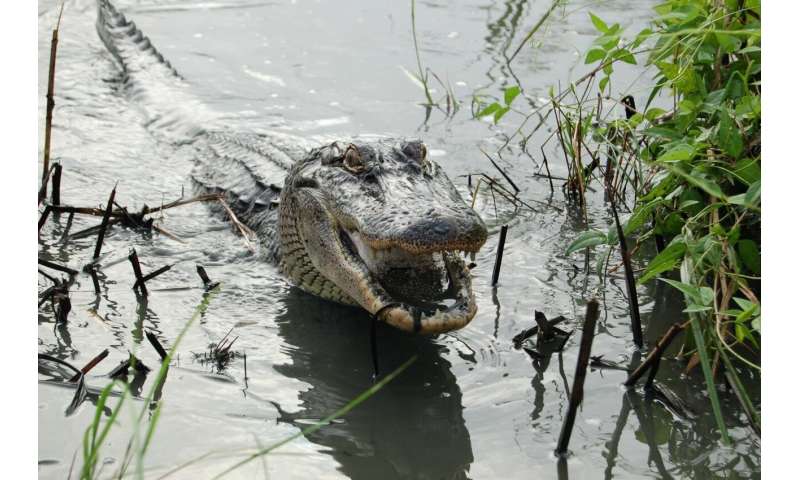
American alligator (Alligator mississippiensis)
Credit: Ruth Elsey and the Louisiana Department of Wildlife and Fisheries.
American alligators are about as close to dinosaurs as you can get in modern times, and can grow up to 14 feet in length. While much smaller reptiles such as lizards are able to regenerate their tails, the question of whether the much larger alligator is able to regrow their massive tails has not been well studied. A team of researchers from Arizona State University and the Louisiana Department of Wildlife and Fisheries have uncovered that young alligators have the ability to regrow their tails up to three-quarters of a foot, or 18% of their total body length.=
An interdisciplinary team of scientists used advanced imaging techniques combined with demonstrated methods of studying anatomy and tissue organization to examine the structure of these regrown tails. They found that these new tails were complex structures with a central skeleton composed of cartilage surrounded by connective tissue that was interlaced with blood vessels and nerves. They speculate that regrowing their tails gives the alligators a functional advantage in their murky aquatic habitats.
The findings are published in the journal Scientific Reports.
"What makes the alligator interesting, apart from its size, is that the regrown tail exhibits signs of both regeneration and wound healing within the same structure," said Cindy Xu, a recent Ph.D. graduate from ASU's molecular and cellular biology program and lead author of the paper. " Regrowth of cartilage, blood vessels, nerves, and scales were consistent with previous studies of lizard tail regeneration from our lab and others. However, we were surprised to discover scar-like connective tissue in place of skeletal muscle in the regrown alligator tail. Future comparative studies will be important to understand why regenerative capacity is variable among different reptile and animal groups."
https://phys.org/news/2020-11-lizardsalligators-regrow-tails.html
American alligators are about as close to dinosaurs as you can get in modern times, and can grow up to 14 feet in length. While much smaller reptiles such as lizards are able to regenerate their tails, the question of whether the much larger alligator is able to regrow their massive tails has not been well studied. A team of researchers from Arizona State University and the Louisiana Department of Wildlife and Fisheries have uncovered that young alligators have the ability to regrow their tails up to three-quarters of a foot, or 18% of their total body length.=
An interdisciplinary team of scientists used advanced imaging techniques combined with demonstrated methods of studying anatomy and tissue organization to examine the structure of these regrown tails. They found that these new tails were complex structures with a central skeleton composed of cartilage surrounded by connective tissue that was interlaced with blood vessels and nerves. They speculate that regrowing their tails gives the alligators a functional advantage in their murky aquatic habitats.
The findings are published in the journal Scientific Reports.
"What makes the alligator interesting, apart from its size, is that the regrown tail exhibits signs of both regeneration and wound healing within the same structure," said Cindy Xu, a recent Ph.D. graduate from ASU's molecular and cellular biology program and lead author of the paper. " Regrowth of cartilage, blood vessels, nerves, and scales were consistent with previous studies of lizard tail regeneration from our lab and others. However, we were surprised to discover scar-like connective tissue in place of skeletal muscle in the regrown alligator tail. Future comparative studies will be important to understand why regenerative capacity is variable among different reptile and animal groups."
https://phys.org/news/2020-11-lizardsalligators-regrow-tails.html
Play3-D reconstruction video of the cartilage tube found in the regrown alligator tail. This structure extends the length of the regrown tail and features randomly distributed pores. Credit: Arizona State University
"The spectrum of regenerative ability across species is fascinating, clearly there is a high cost to producing new muscle," said Jeanne Wilson-Rawls, co-senior author and associate professor with ASU's School of Life Sciences. "
"Staff biologists in our Alligator Research and Management Program have been pleased to partner with Dr. Kusumi at Arizona State University for many years," said Ruth M. Elsey, a Biologist Manager with the Louisiana Department of Wildlife and Fisheries. "We see alligators in the field with some indication of possible regrowth of tail tissue, but their expertise led to the current study detailing the histological changes associated with the capacity for possible partial tail regrowth or wound re
Alligators, lizards, and humans all belong to a group of animals with backbones called amniotes. While the interdisciplinary team has previous studied the ability of lizards to regenerate their tails, this finding of regrowth of complex new tails in the alligator gives further information about the process in amniotes.
"The spectrum of regenerative ability across species is fascinating, clearly there is a high cost to producing new muscle," said Jeanne Wilson-Rawls, co-senior author and associate professor with ASU's School of Life Sciences. "
"Staff biologists in our Alligator Research and Management Program have been pleased to partner with Dr. Kusumi at Arizona State University for many years," said Ruth M. Elsey, a Biologist Manager with the Louisiana Department of Wildlife and Fisheries. "We see alligators in the field with some indication of possible regrowth of tail tissue, but their expertise led to the current study detailing the histological changes associated with the capacity for possible partial tail regrowth or wound re
Alligators, lizards, and humans all belong to a group of animals with backbones called amniotes. While the interdisciplinary team has previous studied the ability of lizards to regenerate their tails, this finding of regrowth of complex new tails in the alligator gives further information about the process in amniotes.
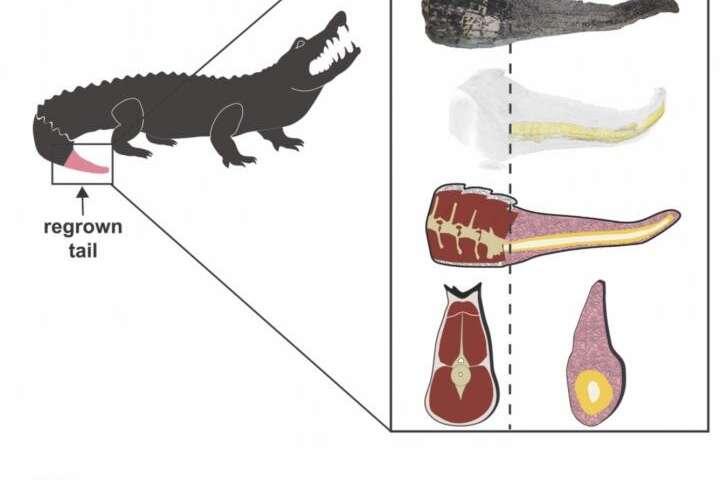
The regrown alligator tail is different from the original tail. Regrown scales are densely arranged and lack dorsal scutes (top right). An unsegmented tube of cartilage (yellow) replaces bone (tan) in the regrown tail. Moreover, the regrown tail lacks skeletal muscle (red) and instead, there is an abundance of fibrous connective tissue (pink). Credit: Arizona State University
"The ancestors of alligators and dinosaurs and birds split off around 250 million years ago," said co-senior author Kenro Kusumi, professor and director of ASU's School of Life Sciences and associate dean in the College of Liberal Arts and Sciences. "Our finding that alligators have retained the cellular machinery to regrow complex tails while birds have lost that ability raises the question of when during evolution this ability was lost. Are there fossils out there of dinosaurs, whose lineage led to modern birds, with regrown tails? We haven't found any evidence of that so far in the published literature."
"If we understand how different animals are able to repair and regenerate tissues, this knowledge can then be leveraged to develop medical therapies," said Rebecca Fisher, co-author and professor with the University of Arizona College of Medicine-Phoenix and ASU's School of Life Sciences. The researchers hope their findings will help lead to discoveries of new therapeutic approaches to repairing injuries and treating diseases such as arthritis.
Explore further
"The ancestors of alligators and dinosaurs and birds split off around 250 million years ago," said co-senior author Kenro Kusumi, professor and director of ASU's School of Life Sciences and associate dean in the College of Liberal Arts and Sciences. "Our finding that alligators have retained the cellular machinery to regrow complex tails while birds have lost that ability raises the question of when during evolution this ability was lost. Are there fossils out there of dinosaurs, whose lineage led to modern birds, with regrown tails? We haven't found any evidence of that so far in the published literature."
"If we understand how different animals are able to repair and regenerate tissues, this knowledge can then be leveraged to develop medical therapies," said Rebecca Fisher, co-author and professor with the University of Arizona College of Medicine-Phoenix and ASU's School of Life Sciences. The researchers hope their findings will help lead to discoveries of new therapeutic approaches to repairing injuries and treating diseases such as arthritis.
Explore further
How lizards regenerate their tails: Researchers discover genetic 'recipe'
More information: Cindy Xu et al, Anatomical and histological analyses reveal that tail repair is coupled with regrowth in wild-caught, juvenile American alligators (Alligator mississippiensis), Scientific Reports (2020).
More information: Cindy Xu et al, Anatomical and histological analyses reveal that tail repair is coupled with regrowth in wild-caught, juvenile American alligators (Alligator mississippiensis), Scientific Reports (2020).
DOI: 10.1038/s41598-020-77052-8
Journal information: Scientific Reports
Provided by Arizona State University
Journal information: Scientific Reports
Provided by Arizona State University

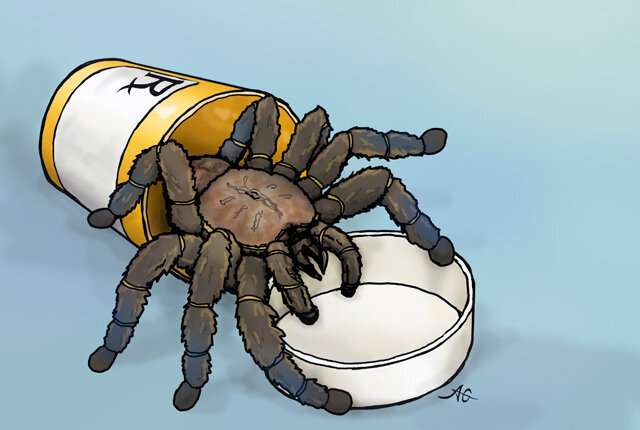
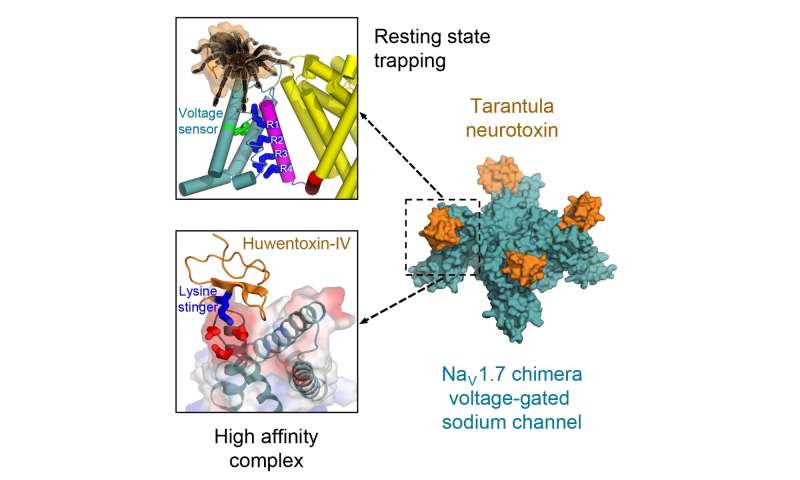
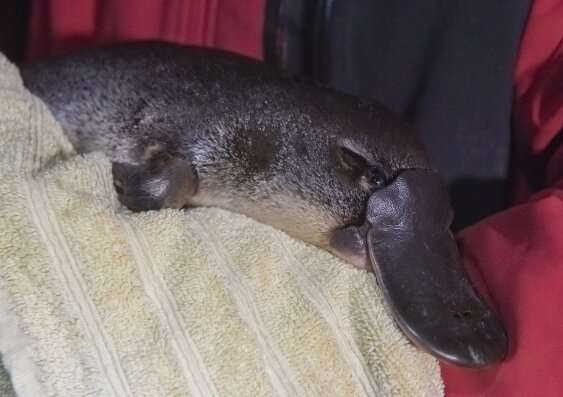
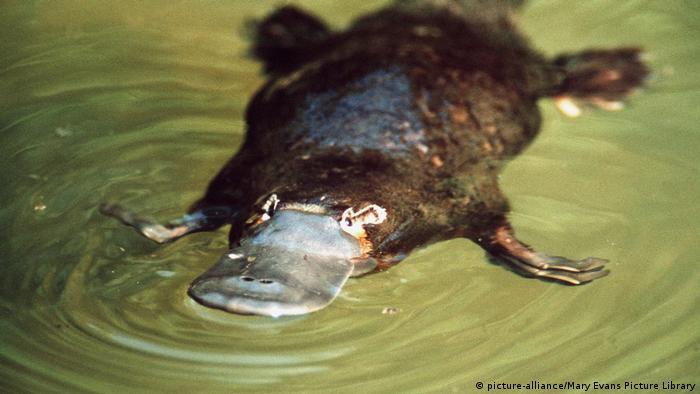
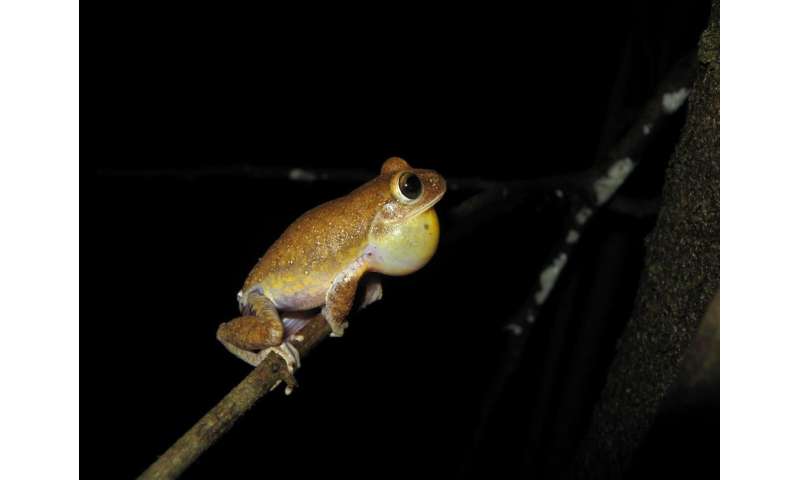

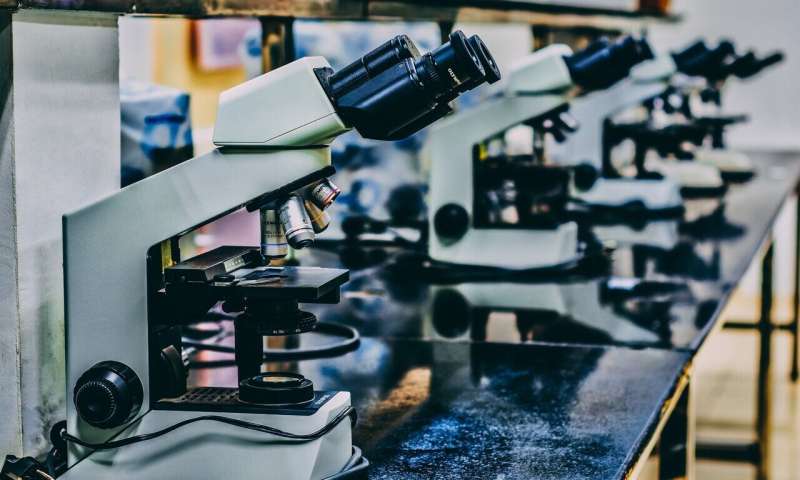
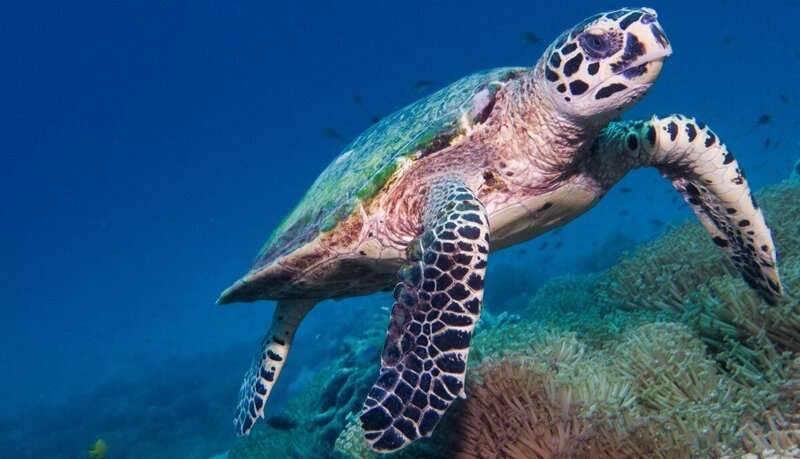


 Five botanical gardens in which Siberian primroses from Norway and Finland were planted. Credit: University of Helsinki
Five botanical gardens in which Siberian primroses from Norway and Finland were planted. Credit: University of Helsinki